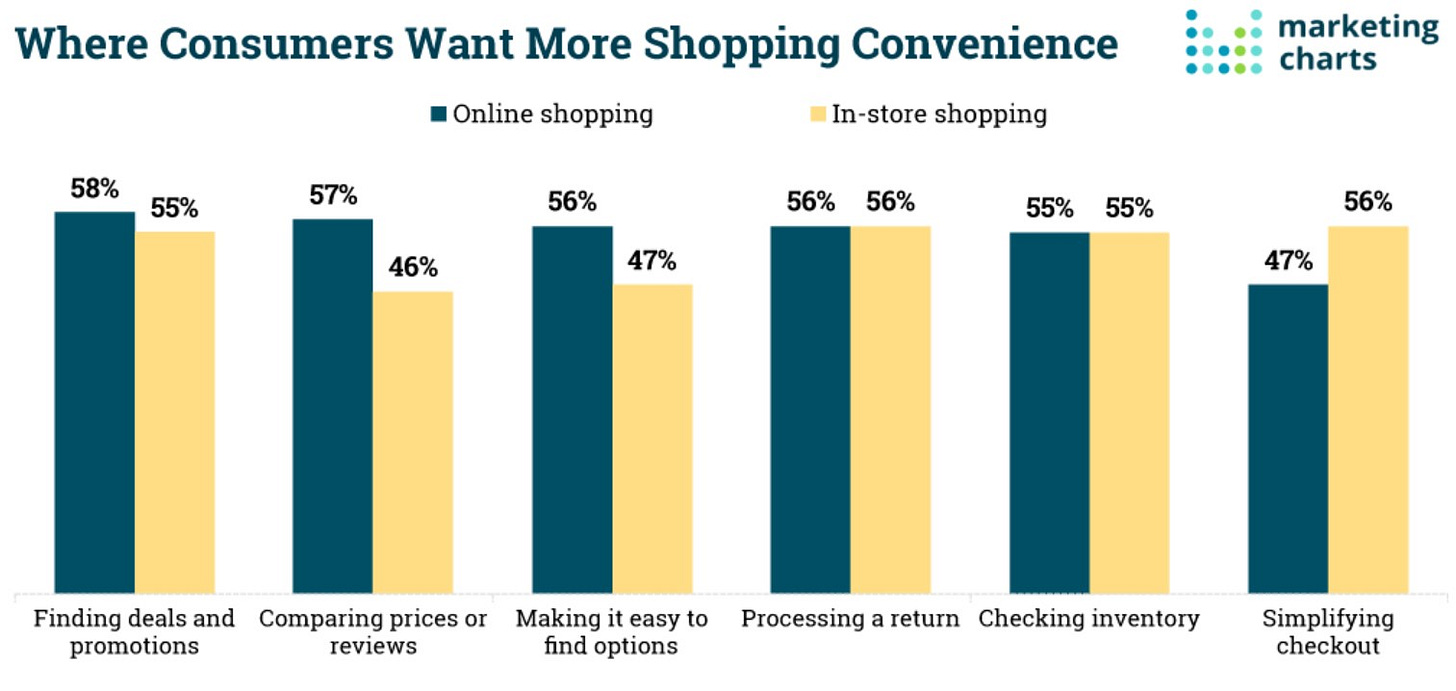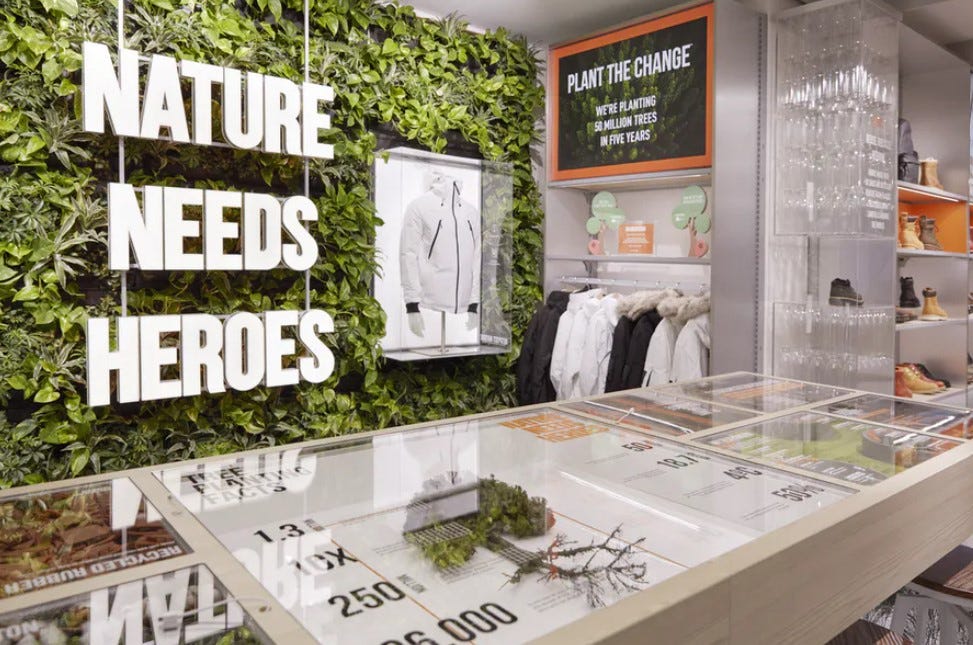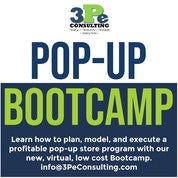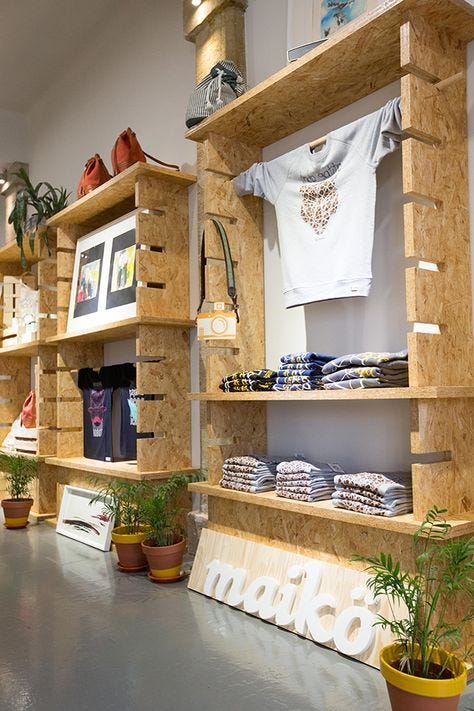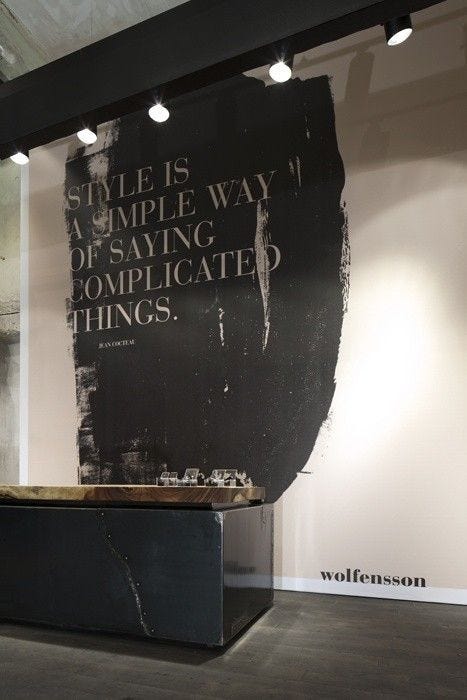The Top 5 Trends Every Retailer Needs to Know for 2022
In the everchanging world of retail, get focused on these 5 important trends to ensure your business remains competitive
As summer winds down and the holiday season gets closer, it seems the world of retail is getting wackier and wackier. Inflation, cost increases, supply chain issues, labor shortages, on and off masking, employees as vaccine enforcers, the list continues to grow. In this environment, it’s very easy to become completely reactive (some reactiveness is a must) and back burner all proactive efforts. But stay vigilant and don’t let that happen. As I wrote last week, it’s past time to do your Q4 planning. This week I touch on important trends that will absolutely impact your business for 2022. If you don’t fully understand them and begin to plan for them, you may be caught flat-footed by your competition. So it seems the challenge of the day is an intelligent blend of proactiveness and, when necessary, reactiveness. These are unprecedented times which require an entirely new approach. Hopefully All Things Retail helps a bit in your efforts. If so, join nearly 8,000 other retailers and retail providers and please subscribe here:
Top 5 Trends for Retailers in 2022
What does it take to be competitive and successful in today’s retail environment? It’s an age-old question, but the answers continue to change based on how consumers habits and expectations, as well as technology, evolve. I suggest the list of “requirements” for operators is longer and more challenging than ever before. In some (many?) cases, this results in a “where do I begin” mindset. This confusion regarding identifying priorities and acting against them often leads to inaction vs. action, or the proverbial “wheel spinning”.
What’s a retailer to do? Well, there are no simple solutions. BUT the very best place to begin is to understand the trends that are impacting business today and will continue to do so throughout the remainder of this year and well into 2022.
So, let’s do that! In my unscientific but broad-based research efforts (speaking to tons of retailers, vendors, board members and private equity owners), there are 5 trends that rank at the top of the list of priorities for merchants of all sizes. Start with these, be sure your business has properly addressed them, keep an eye on them over time to determine if you need to pivot a bit, and then you can move on to other opportunities.
Let’s jump in to the Top 5 Trends for Retailers in 2022:
Convenience Rules: the mantra here is simple, “Serve the Customer Wherever & However She Wants to Be Served”. Online shopping, physical stores, delivery, fast shipping, BOPIS, social media commerce, the list of options goes on and on. Consumers understand these options and are utilizing multiple ways to make purchases rather than just one or two. You need to not only offer all these options, but you must also do so in an easy to understand and operationally efficient manner. It does not help your business to offer BOPIS, for example, and then realize the order cannot be found when the guest arrives to pick it up. In fact, it is harmful. Take the appropriate time to plan out, step by step, the processes for each of these service offerings. Then stress test each process. They may work well in August, but how about mid-December when demand is through the roof? My firm has built tons of these processes over the years, and we know, that if you put in the effort up front, the payback will be immense in terms of customer satisfaction.
Convenience goes well beyond transactional processes. Look at all elements of your business and ask yourself if you make it easy or difficult for the customer to spend her money with you. Website load time, online ease of navigation, mobile ordering functionality, return policies, online and physical store checkout process, easy and comfortable flow of traffic in physical stores, in-stock ratios, customer service availability, etc. Think about what frustrates you when you shop in other stores and be very sure those frustrations do not exist within your business. Time is our most precious resource, and the consumer clearly expects their time to be respected.
Omnichannel Selling: no, omnichannel is not new. In fact, research shows that consumers no longer distinguish between online and offline shopping. A Harvard Business Review report disclosed that 73% of shoppers used multiple channels to discover and purchase products. So, it’s absolutely a “must”.
What is new are the evolved expectations of omnichannel in the eyes of your guests. If they do not distinguish the difference between channels, your offering must be sufficiently integrated to be viewed as a single channel. Is your assortment similar online and in stores (an expanded online offering can make sense to mitigate inventory costs)? Is your product pricing the same in-store and online? Can online purchases be returned in-store and vice-versa? If you use a DTC distribution center, and it runs out of an online product, can your store fulfill the order as a backup? Can shoppers order online from your stores for out-of-stock items or to access your expanded assortment? Do you promote your expanded assortment items in-store? Does your tech stack integrate CRM info across all venues? If you have a loyalty program (you should!), does it function the same across all platforms?
Again, structuring these offerings and related processes takes time, testing, updating, and communication. But your customers expect online and physical stores to function as one, so there is little choice today but to get started.
Content Consistency: think about all the places that you communicate with your customers and prospective customers. Website, multiple social media channels, press releases, blog posts, in-store graphics and collateral, digital and physical advertisements, e-mail blasts, SMS messages, and even your SEO. There are more ways to communicate than ever, and the list grows longer daily. The days of putting up some signs in your stores is long over. The challenge today is ensuring your brand and promotional messaging is clear and consistent across all consumer touchpoints.
This doesn’t mean every message should go out on every platform. Certain channels and tools are more effective to attain specific goals than others. But, when content is communicated on a set of channels/ tools, it needs to be uniform. Future messaging, even on other channels, cannot contradict the original information. So, what’s the best way to manage this? First, ensure your marketing team, as well as anyone responsible for disseminating content, understands the expectations and risks related to consistent messaging. Second, you may want to consider having a specific individual act in a communication check and balance role, essentially reviewing, and approving all consumer-facing content before it gets sent. Finally, use a matrix tracker that contains all messaging as well as the content details and the platforms that will be used to disseminate it. The matrix my firm uses is pictured below if you want to copy the format.
Own Your Customer Information: Amazon, eBay, Facebook, Instagram, and many other platforms own your audience, you don’t. Even if you currently have access to some of the customer data, that could change at any time and without warning. I know, these providers are valuable and utilized properly, generate significant revenue for your business. I get it and I am not suggesting you walk away from any of them. Rather, its time to begin planning and executing an effort to build your own customer database in parallel, outside of these platforms.
Why is this important? There are several reasons, including protecting (or simply accessing) contact and other related information for your customers (demographic, geographic, psychographic, etc.), ensuring messaging to your audience reaches them (no 3rd party algorithms impacting delivery), less clutter to fight through, and the ability to “slice & dice” consumer data to make business decisions more effectively.
So, what is the best way to collect customer data? There is no single solution. It requires a multi-faceted approach, utilizing tactics from the classic website pop-up forms to in-store signups, loyalty programs, contests, and giveaways. But you can take it a step further. A sub-trend today is the utilization of storytelling and educating consumers rather than simply relying on hard-sell tactics. You can create compelling content (think from the guest’s perspective, how do your products solve a problem or enhance their lifestyle) and share it in a newsletter, blog post, in-store informational sessions, and more, all in exchange for the readers or attendee’s customer data. Finally, pick a good CRM tool to store and manage the data, and be sure to enter and maintain the content accurately.
Sustainability: a true focus on sustainability is a must. Why? Because it’s important to more and more consumers and it’s expected this trend will continue for years to come. Based on a Unilever study, 21% of consumers prefer brands with an active focus on environmental responsibility. According to Accenture’s 2020 report focusing on retail post-COVID, consumers expect their shopping habits to change permanently with a strong focus on making more sustainable choices. The data points are endless.
So, where can you start? Ideas include switching to energy-efficient lighting, using green (less toxic) cleaning supplies, recycling fixtures rather than disposing of them, switching from plastic bags to recycled paper bags and making them optional for guests, e-mailing receipts versus printing paper receipts (and capture the guests e-mail address as a win-win), utilizing energy-efficient office equipment, reducing packaging (both product and shipping), recycling cardboard, paper and plastic aggressively, reduce energy usage when closed (turn the lights off!), and putting a focus on sourcing products that are manufactured using accepted sustainable and renewable practices. These ideas are merely a starting point. Become a student of sustainability and engage your entire team in carrying out the initiatives you put into place (they will appreciate your efforts as well).
Finally, make sustainability a key element of your brand messaging. Let consumers know how they (and the planet) will benefit by supporting your business.
Retail News & Happenings
Entrepreneurs Disrupt Wasteful Supply Chain Practices
The Path Forward for Retail’s Sustainable Future
What's Next For Pantry Loading: Exclusive Research
Some Retailers Used the Pandemic to Accelerate Turnaround Plans. Those Stocks are Getting Rewarded
How to Grow your Small Business on a Budget: 3 Useful Tips
The Crucial Art — and Science — of Listening Leadership
Best Practices for In-Store and Curbside Pickup
Sponsored Content
Our Virtual, Low-Cost Pop-Up Store Bootcamp is Now Live
Back in 2018-19, 3Pe Consulting developed a full-fledged Pop-Up Bootcamp which was a multi-day, in-person event that covered every element of planning and operation one or more pop-up stores.
Since then, we have received a bunch of inquiries asking if we could do a lower cost, less formal and less time intensive version of that Bootcamp. So we did! The goal is to cover the basics of the pop-up model, real estate selection, and best practices in an interactive, 60-90 minute Zoom (or similar) group meeting. The initial meeting will be followed up by 2 one-on-one 30 minute calls to review the specific needs, questions, status, and concerns of each attendee. The cost is a fraction of what the in-person Bootcamp charges.
This program just launched with several date/time options to attend. Click here for more info:
Learn More About Our Pop-Up Bootcamp
Cool Pics
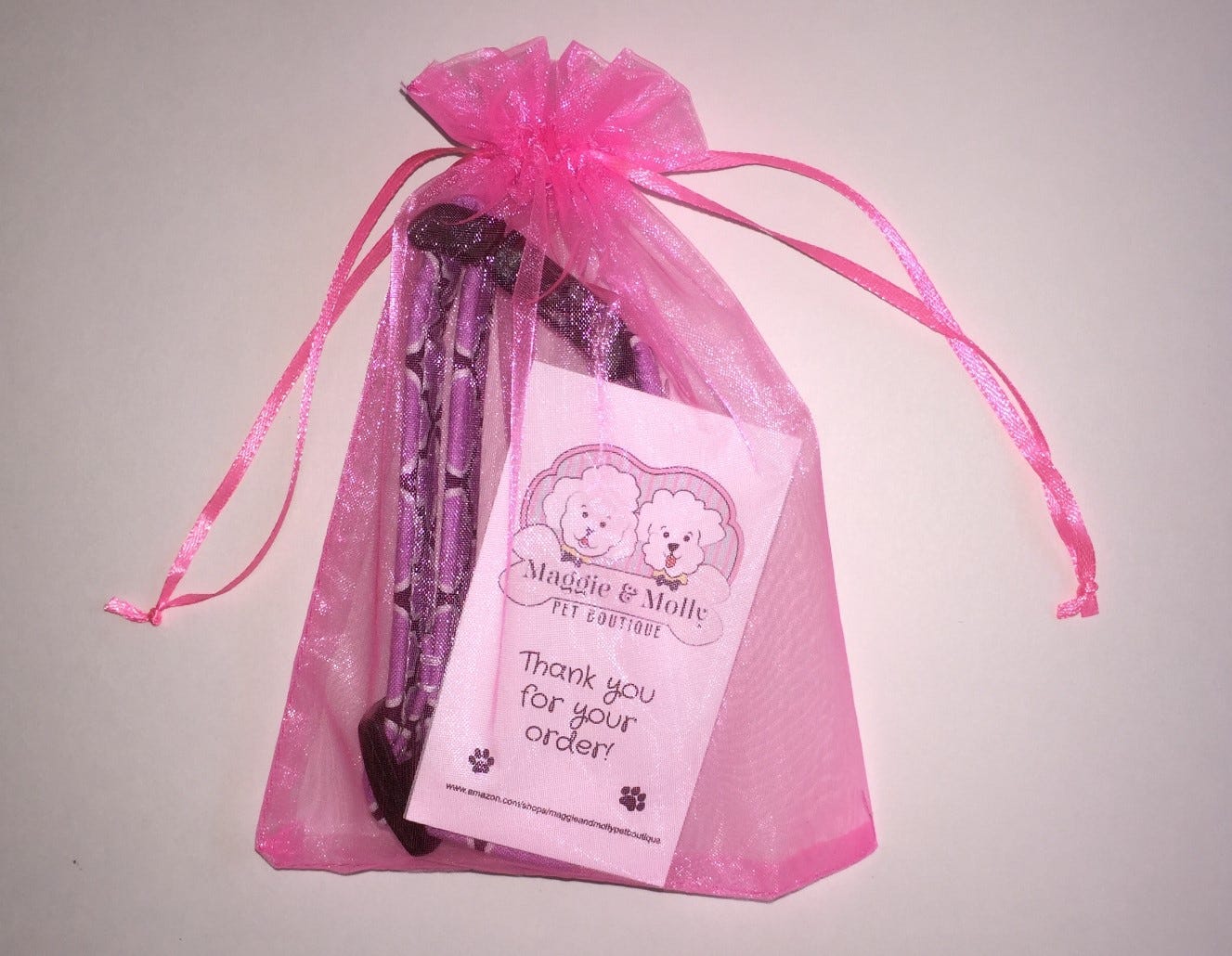
Quotes of the Week:
“We see our customers as invited guests to a party, and we are the hosts. It’s our job every day to make every important aspect of the customer experience a little bit better.” – Jeff Bezos
“Whatever you do, do it well. Do it so well that when people see you do it, they will want to come back and see you do it again, and they will want to bring others and show them how well you do what you do.” – Walt Disney
“Get closer than ever to your customers. So close that you tell them what they need well before they realize it themselves.” – Steve Jobs





